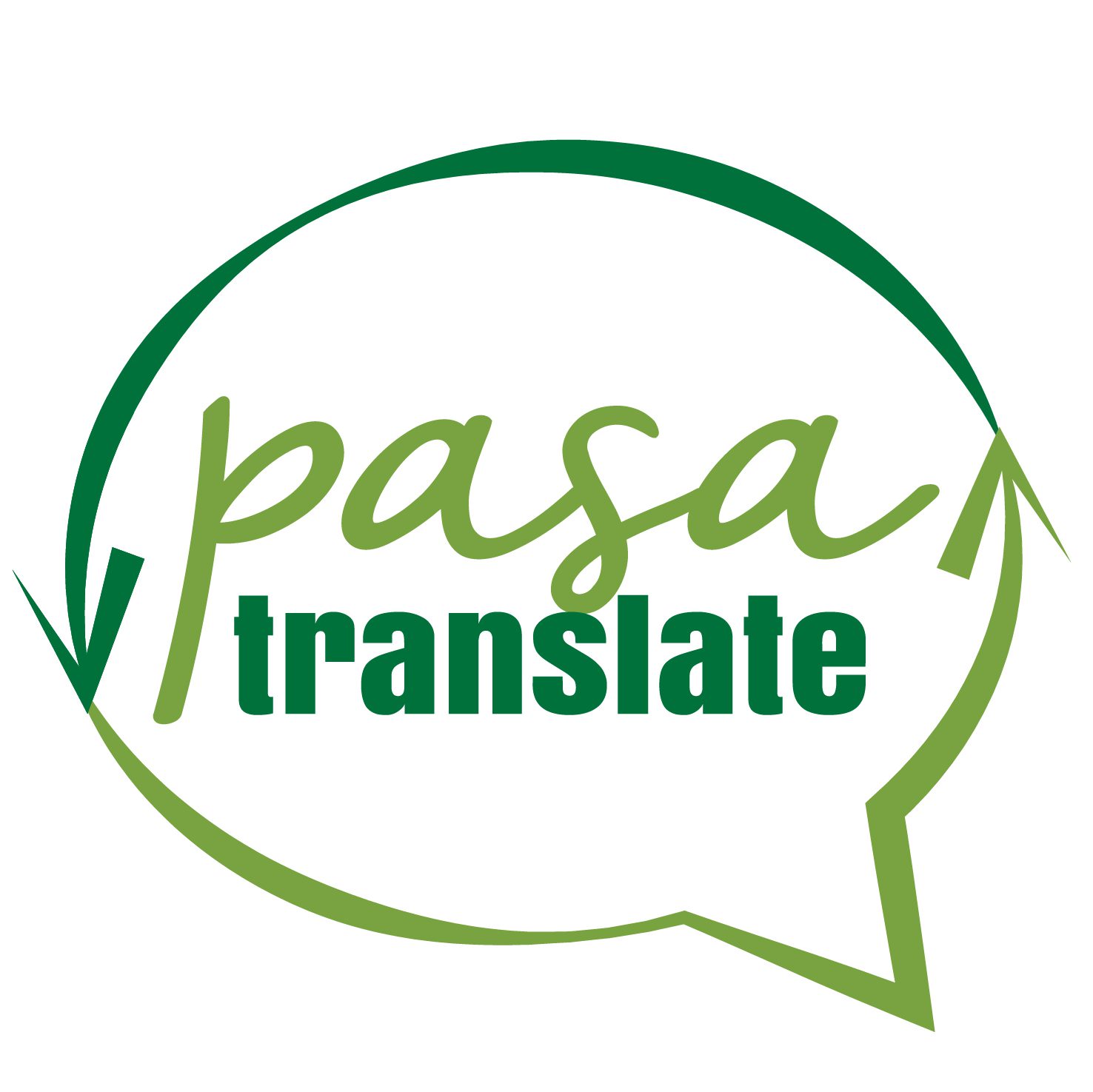Board meetings vary widely in how they’re conducted – from the formal (aligning every name to that of their official titles, having meetings in a boardroom boardmanagementsystems.net/the-importance-of-company-mission-statement that has strict rules and rigorous procedures) to more informal (meetings can take place anywhere from coffee shops to the homes of members). They can be closed to members of the public or open to all, and they’re able to take decisions in various ways.
The board members must have a clear understanding of how decisions are taken. This can be as easy as deciding that they want to seek consensus or as complicated as implementing a formal voting process with a predetermined majority requirement.
The next required component of the board meeting is an agenda containing all the topics that are to be discussed. Agendas are usually sent at least a month in advance so that members can prepare and be ready for discussion. The agenda must strike a balance between reviewing the past performance and planning for the future. It should also include time to address day-to issues of the day, but it is crucial that the primary focus is on strategic discussions and not simply catching up.
It is also crucial that the chair manages the board effectively. This means that the chair should ensure that the meeting begins on schedule and that everyone has ample time to discuss each item and that any questions are addressed. They must ensure that board doesn’t get distracted and that the discussion is beneficial for the organization. The chair should encourage discussion and allow various opinions to be heard. The chair may alter the order of the agenda or take items off the agenda as needed.

